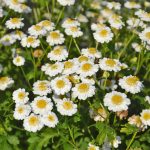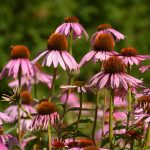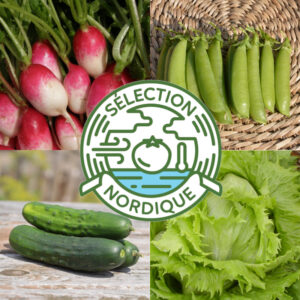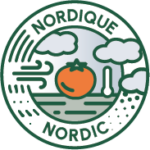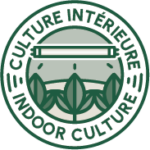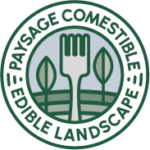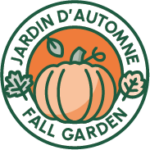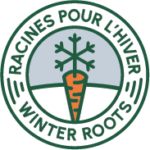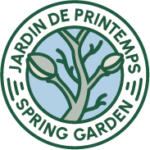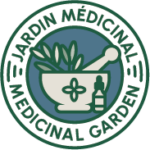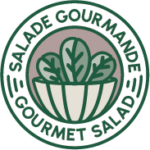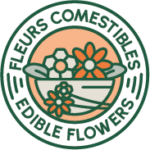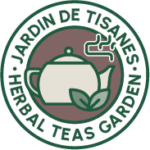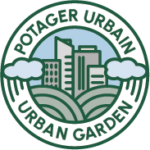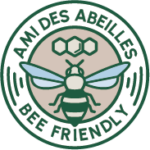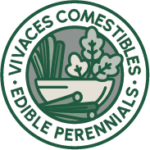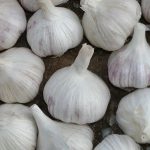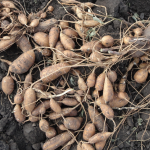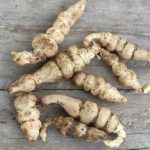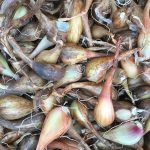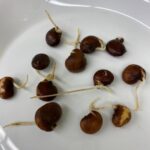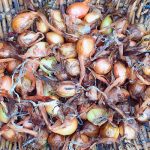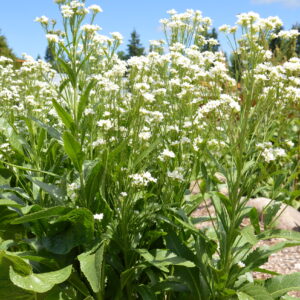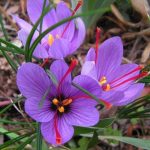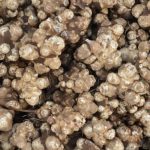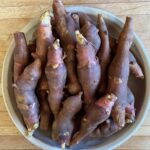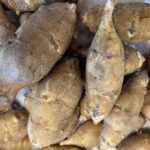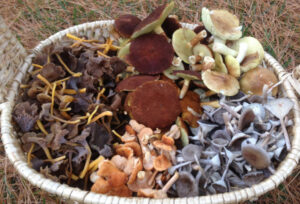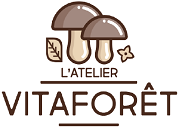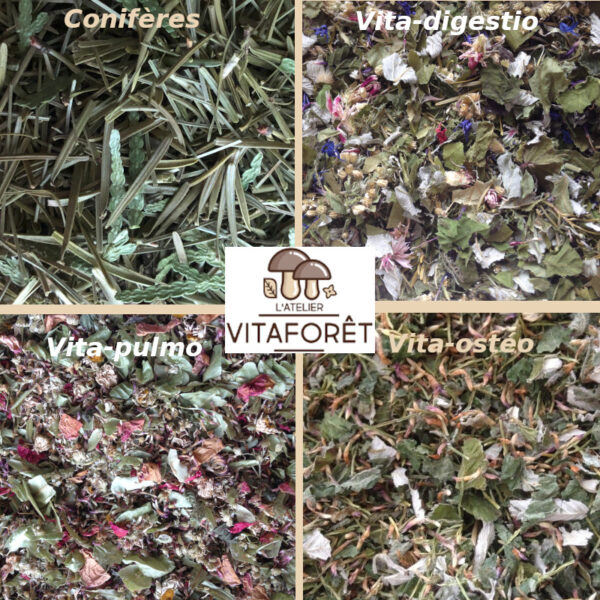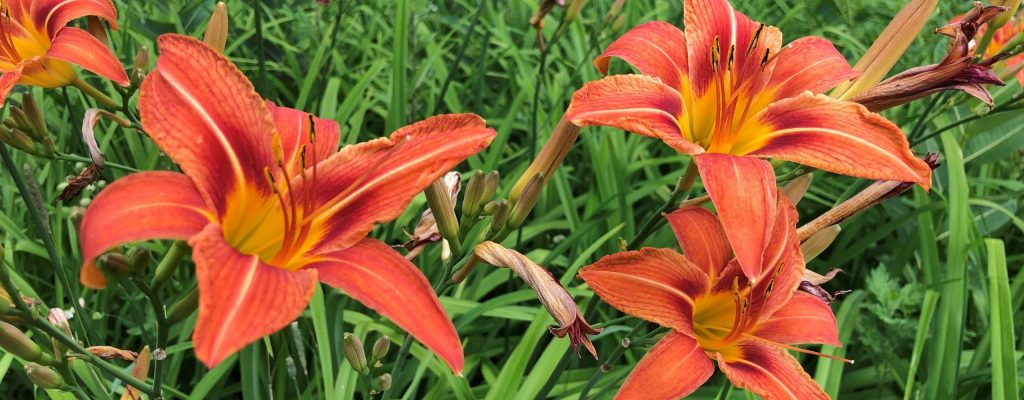With the rise of agriculture, lifestyles changed and the practice of gleaning lost many followers.
The desire to eat better while taking care of the environment leads many of us to rediscover these plants consumed by many generations before us.
Among them are many perennial herbaceous plants which can be grown in the vegetable garden, but also in the flower bed. Some are even suitable for growing in containers and you can also pick them from fallow land!
Those that grow under our noses
Their names make you dream: ground beans, string potatoes, Canadian truffle.
It can be eaten ? But yes !
In addition, these are plants that can be grown without too much difficulty in the city or in the countryside.
Canadian garlic
It is found in the wild in humid and sandy places. Also, similar growing conditions will give better results.
The edible bulb is eaten raw or cooked. It is used as a replacement for leek or garlic, because its flavor is mild and pleasant. The leaves are also used in the preparation of salads, sauces, soups and others.
The flowers, which are also edible, have a stronger taste than the leaves and the bulb. They are popular as a garnish and flavoring in salads. The flowers are most often followed by bulbils and not seeds.
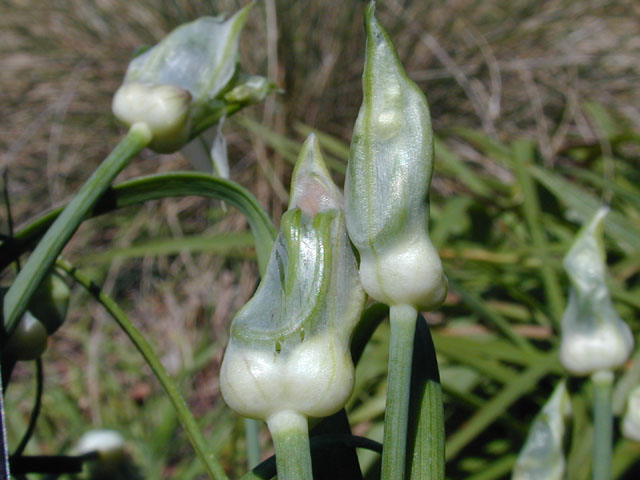
St. Anne’s shallot
This variety selected by one of our distant ancestors was widely cultivated in the past. It is easy to grow, perfectly hardy and very resistant to insects.
The smallest bulbs season broths and sauces and accompany meats, vegetables, shellfish, poultry and fish. You can also thread them with other vegetables on skewers and cook them on the grill.
The long, crunchy stems divinely flavor salads, raw vegetables and marinades. Thinly sliced, they serve as a garnish for soups and baked potatoes. Fresh cloves cut into thin slices or minced are delicious in salad, dips, salsas and vinaigrettes.
For more information on the Sainte-Anne shallot, consult the record in his name.
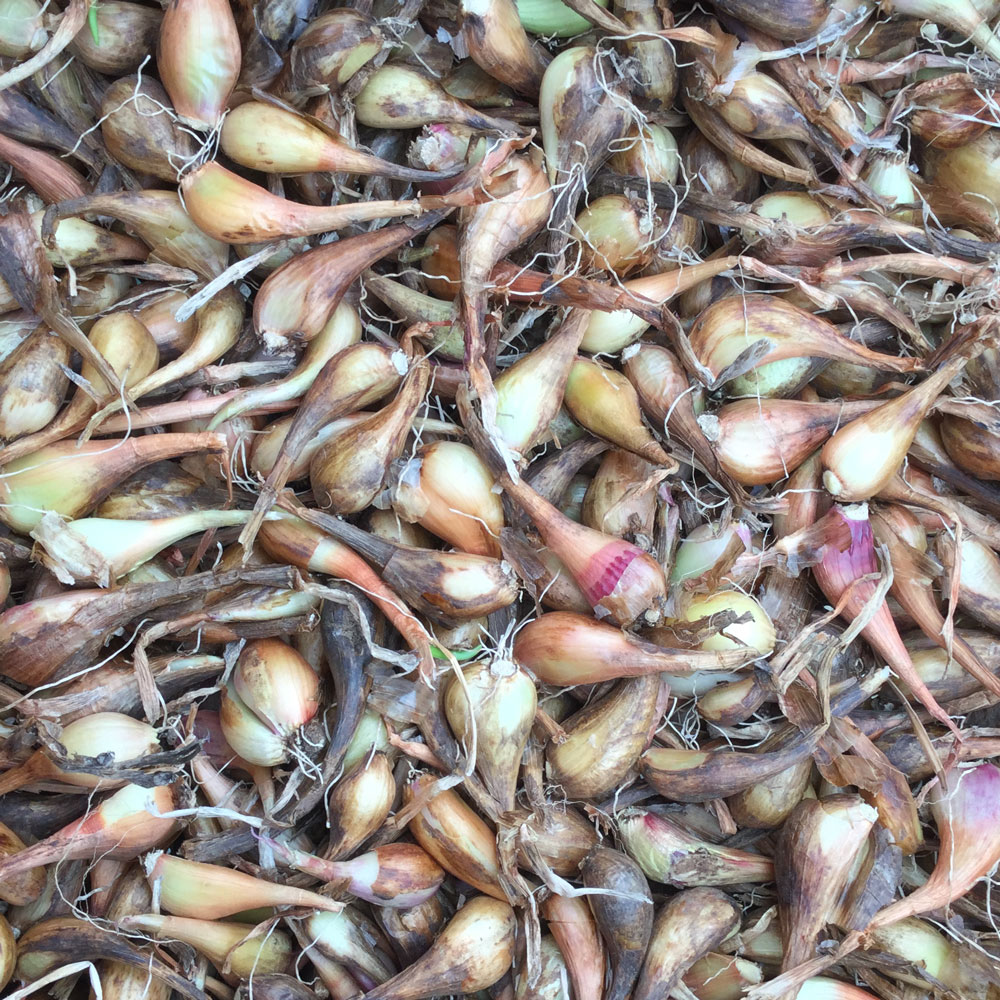
Tuberous wisteria
In Quebec, the tuberous wisteria grows naturally along the clayey shores of the St. Lawrence River to the limit of salt water, but adapts to garden cultivation. Its names are multiple: American apios, pénacs, rosary potatoes, potato bean.
Well known to Native American peoples, this pretty climbing plant was quickly adopted by European settlers who ate its sweet-tasting, protein-rich tubers during famines.
The tubers grow in strings on the surface of the soil for easy harvesting. Because their peel contains latex, it is removed before cooking in water or frying, like potatoes.
It produces edible beans, but they require a fair amount of heat to reach maturity. Harvests are therefore meager or non-existent in the more northern regions.
It is simply grown in cool, moist and sandy soil, in sun or partial shade. By giving it a support to climb on, you will be able to better admire its fragrant, purple summer flowers.
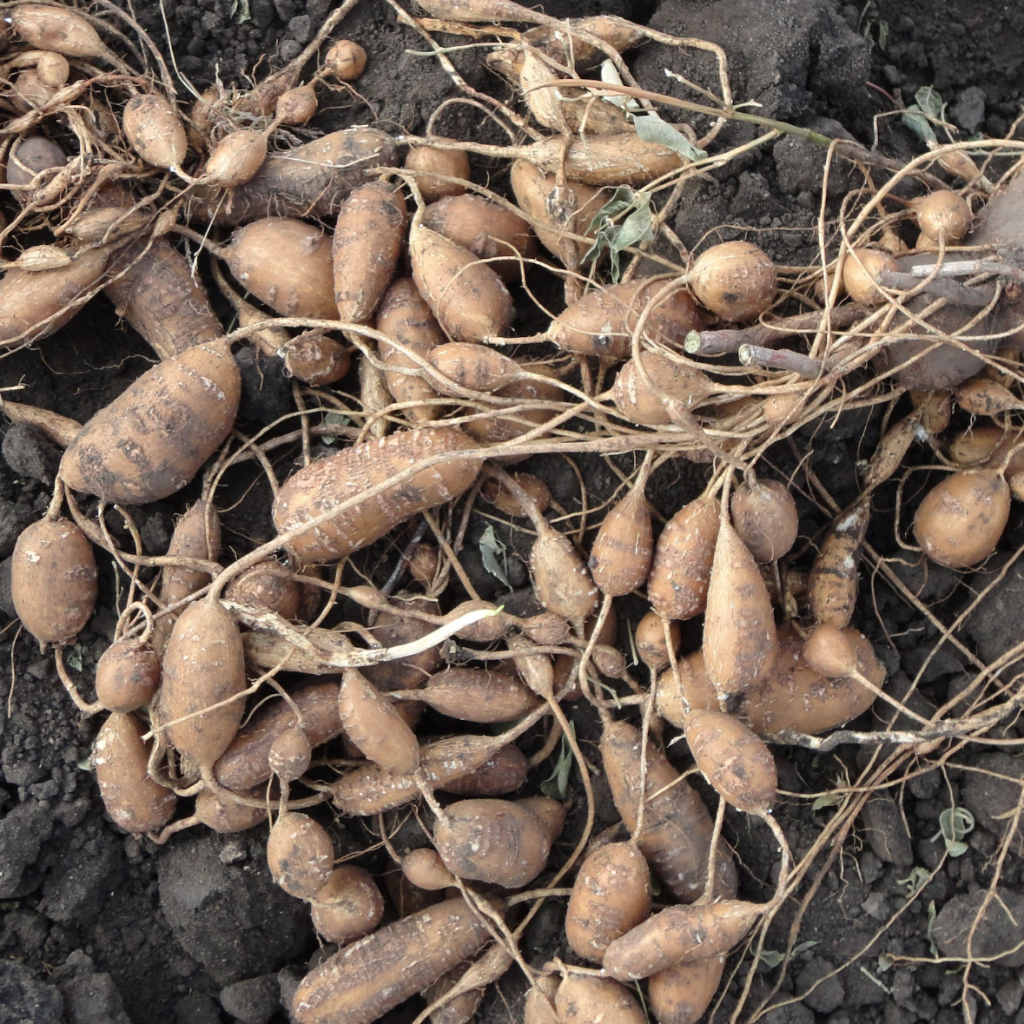
Ground bean
Very common in the woods, thickets and shores of western Quebec, the ground bean can be recognized by its slender and very twining stems which wrap around its neighbors until they suffocate them.
It produces underground or above-ground seeds rich in protein which are eaten raw or cooked. Their good, mild flavor is similar to that of beans. Aerial seeds are smaller than underground seeds and are most often cooked like lentils.
The peeled and boiled root is also edible and nutritious, but is often too small to be of interest.
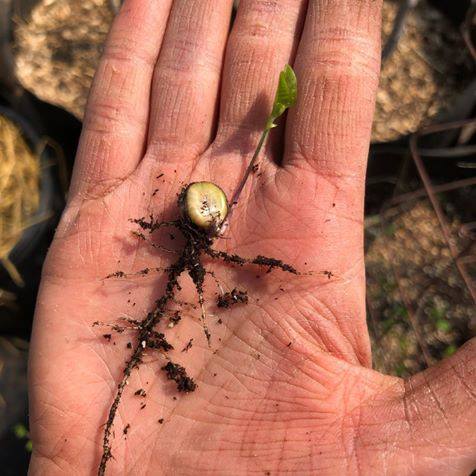
Scrofulous Helianthus
This summer flowering plant, a relative of the Jerusalem artichoke, is found in the wild in western Quebec, in the shade as well as in the sun and in dry or cool soils. It is also found in Europe where it is called spindle Jerusalem artichoke.
Its flowering in August-September consists of small, sparkling yellow suns that measure up to 9 cm in diameter. The plant can reach 2 m in height.
The edible part of the plant is its smooth spindle-shaped tuber. Rich in vitamin B and energetic, it tastes like Jerusalem artichoke, but finer and smoother. As its glucose level is practically zero, diabetics can safely integrate it into their diet.
It goes well with the flavor of sage and is served cooked, cold with a vinaigrette or hot in soup or stir-fry, as a side vegetable.
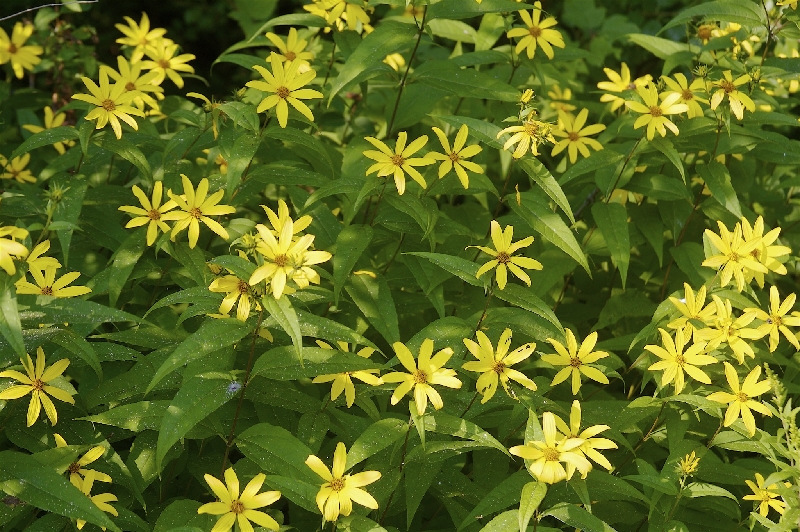
Tawny Daylily
Imported to America in the 16th century, this beauty from Asia, now naturalized, vigorously colonizes the ditches and fields of the Belle Province.
It adapts to a variety of soils, in sun or partial shade, and is adorned with abundant orange flowers in June and July. Each flower only lasts one day, hence its common name day lily.
All parts of the plant are edible:
- young shoots raw or cooked, in a salad or stir-fry;
- raw or cooked tubers taste like jicama, only better! We prepare them as a stir-fry;
- flower buds raw or cooked, in a salad, an omelette or briefly sautéed in a pan in a little butter;
- the flowers to thicken soups like okra or raw, in a salad.
Caution : Some people have an allergy to daylily and suffer from intestinal gas and nausea after eating it.
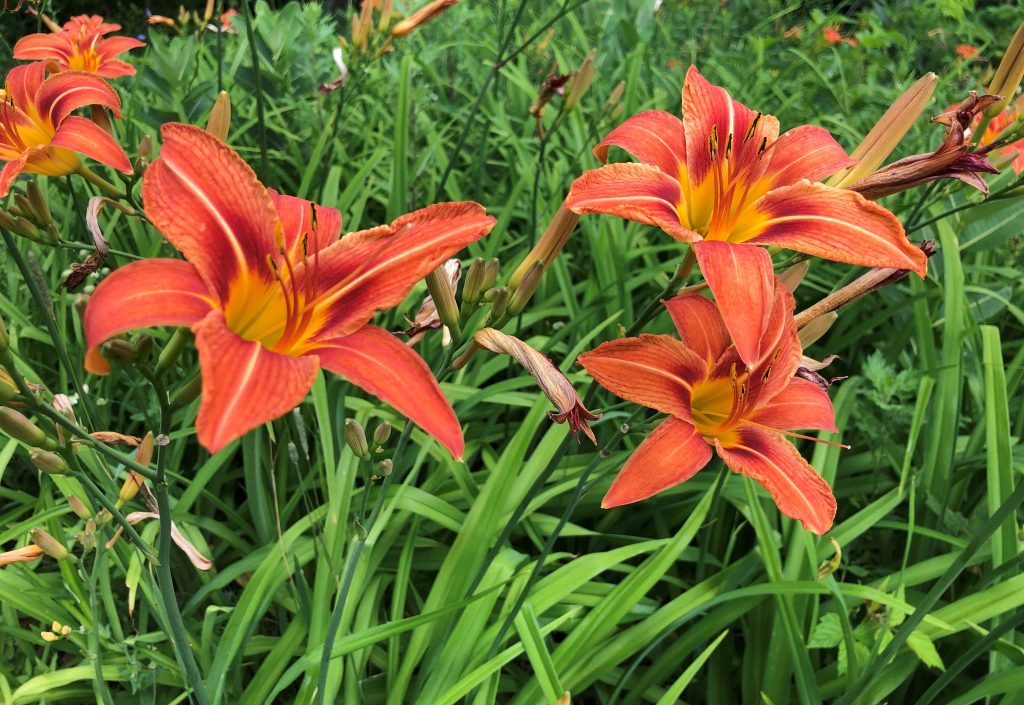
Tiger lily, Martagon lily
Spectacular flowering in the garden and easy cultivation make this lily a first round choice. When you learn that it is edible, it becomes a must!
This vigorous lily native to Japan and China has become naturalized in eastern North America. It grows in dry soils, but prefers fresh, well-drained soil, more or less rich, in sun and partial shade.
The hanging orange flowers bloom in July and August, filling the garden with their sweet fragrance.
The edible parts are:
- the flowers (without the pollen!) which are eaten raw, cooked or dried, in salads, in soups and in rice dishes;
- the cooked bulb has a pleasant taste reminiscent of parsnips. It can also be dried to reduce it to powder.
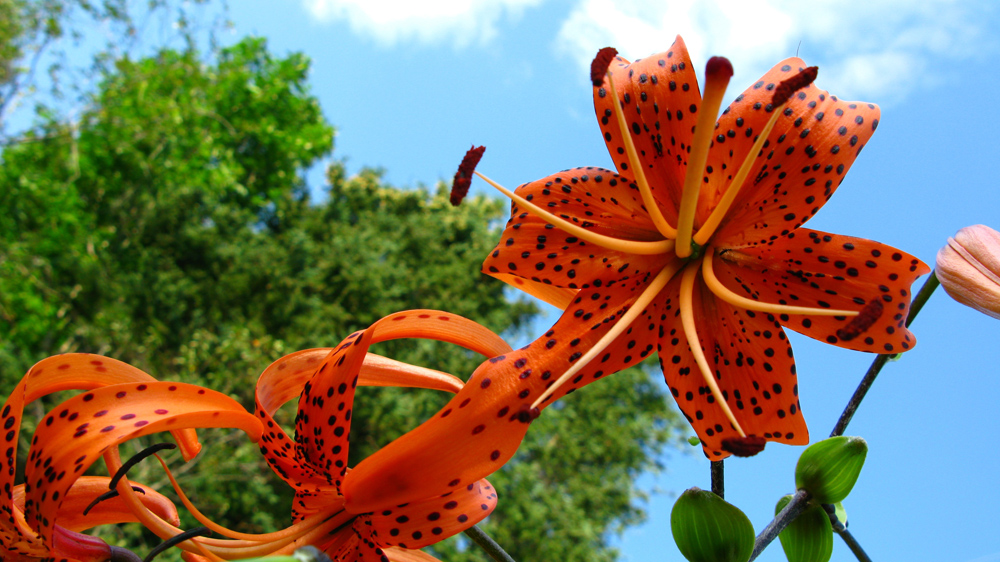
Water potato
Common in Quebec in shallow waters along lakes and rivers, the water potato can be recognized by its arrowhead-shaped leaves with an erect shape.
The height of the foliage varies between 40 and 80 cm. The white flowers grouped in whorls bloom from July to September along a flower stalk.
Internodes of the rhizome thicken to form large tubers. These tubers held an important place in the diet of certain Native American tribes. The tubers that float on the water are harvested in autumn using a fork.
Their texture resembles that of potatoes with a chestnut taste. Delicious roasts, you can also cook them in water, fry them, eat them raw or slice them and let them dry to obtain a flour that will keep for several months. The skin of the tubers is removed after cooking.
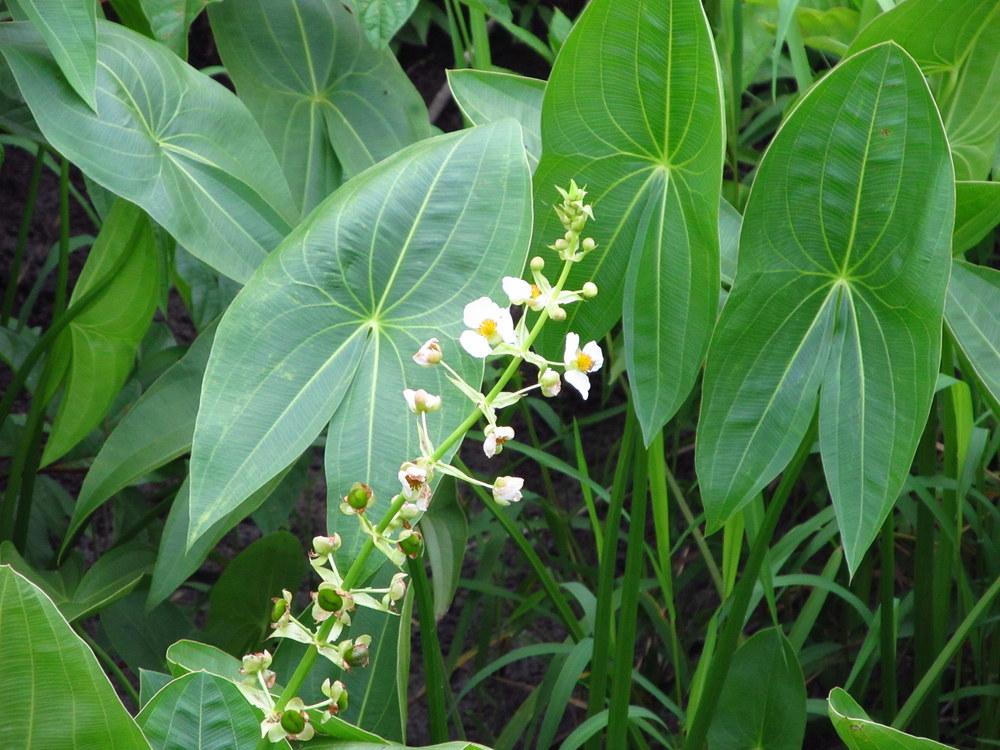
Lanceolated plantain
In the spring, the young leaves added to salads, but also to soups and stews. As they age, they become more fibrous and we must remove the threads contained in the ribs to better appreciate their bitter taste.
The ground seeds produce a powder which is used as a food starch. It is added to the flour of breads and cakes. They are rich in mucilage which acts on the digestive tract as an emollient and laxative.
The leaves softened in hot water are used to dress wounds and wounds. They also contain mucilage which helps stop bleeding and speeds up healing. It is also used to relieve skin infections, ulcers, cuts and insect bites.
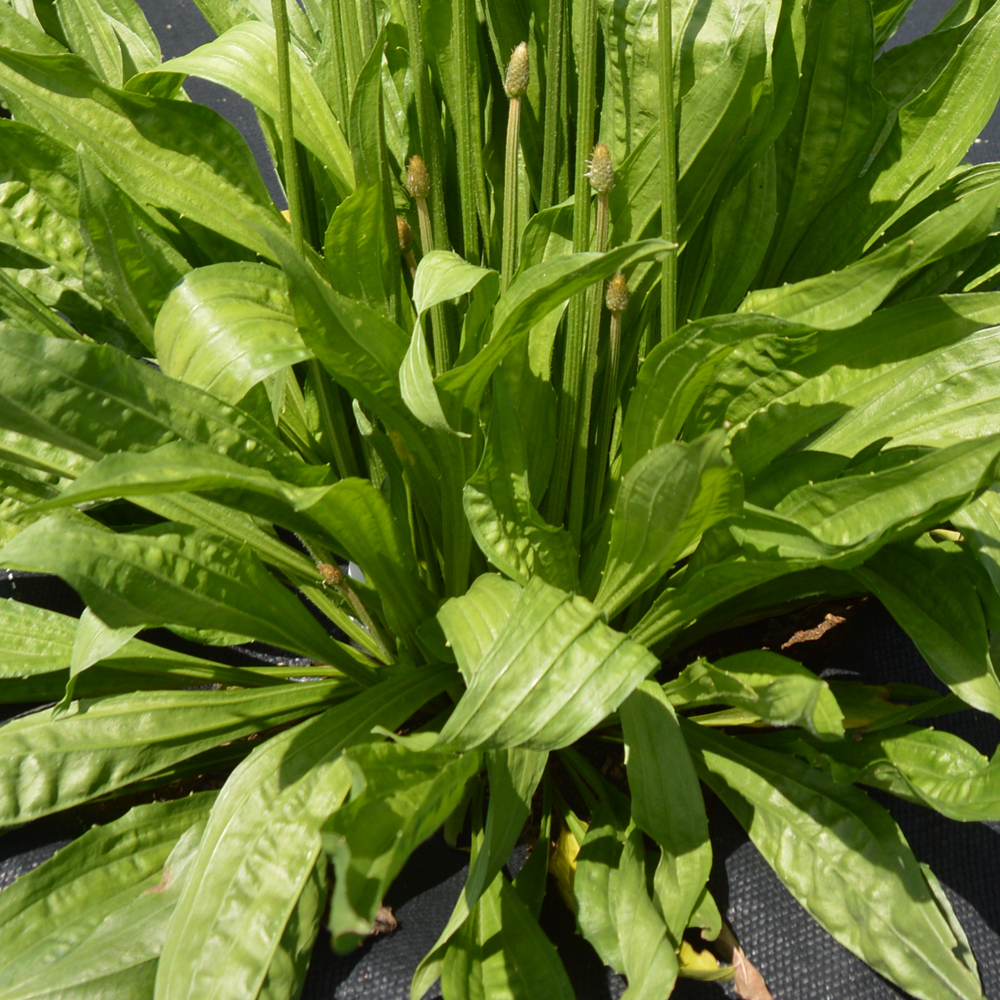
Jerusalem artichoke
Ideal for diabetics, Jerusalem artichoke does not affect blood sugar levels since the carbohydrates it contains are inulin.
Not so long ago, people in the countryside ate it raw with a little salt, as a snack. You can also grate it to add it to a salad where its good artichoke flavor will be in the spotlight.
Its bumpy tuberous roots can also be prepared cooked or in a marinade. Attention ! Watch the cooking, because they quickly overcook. It is made into fries, a creamy soup or a boiled vegetable served like a potato.
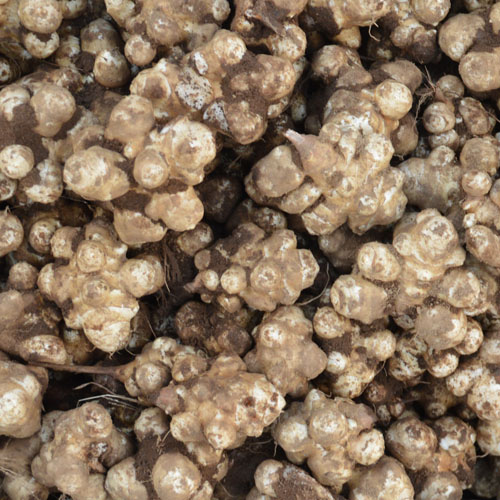
Quebec women – indigenous, naturalized or heritage
| Name | Areas | Exhibition | SOL | Harvest | Edible parts |
| Canadian garlic (allium canadense) | 4 | S | Rich and moist; tolerates poor, humid soils | From spring to fall | The whole plant |
| Sainte-Anne shallot | 3 | S | Well drained | April to June | Bulbs, leaves |
| Tuberous wisteria, potato strings (american celery) | 3 | S, MO | Fresh, light | July to October | Tubers, beans |
| Ground bean (Amphicarpaea bracteata) | 4 | S, MO | Rather rich and moist | September to October | Seeds (underground and aboveground) |
| Scrofulous helianthus, spindle Jerusalem artichoke (Helianthus strumosus) | 4 | S, MO, O | Fresh or dry | August September | Tuber |
| Tawny daylily (Hemerocallis fulva) | 4 | S, MO | All types of well-drained soils | April, May (young shoots); June, July (flowers); April to October (roots) | Flowers, flower buds, pods, young shoots, white tuberous roots |
| Tiger Lily (Lilium lancifolium) | 4 | S, MO | Sandy to clayey, well drained | Aout et septembre | Bulbs, flowers |
| Water potato (Sagittaria latifolia) | 4 | S, MO | Humid environments; cover the crown with 10-20 cm of water | Autumn | Tuberous root |
| Lanceolate plantain (lanceolata plantago) | 5 | S | All well-drained soils | End of April, to June | Young leaves, flower buds, leaves |
| Jerusalem artichoke, Jerusalem artichoke, Canadian truffle (Helianthus tuberosus) | 3 | S, MO | Preferably friable, fertile and light, but adaptable to all well-drained soils | In the fall, 2 weeks after the flowers have faded | Tubers |
Coming soon
Make way for perennial vegetables! – Part 3 of 3: The beautiful adventurers of Eurasia and Africa


